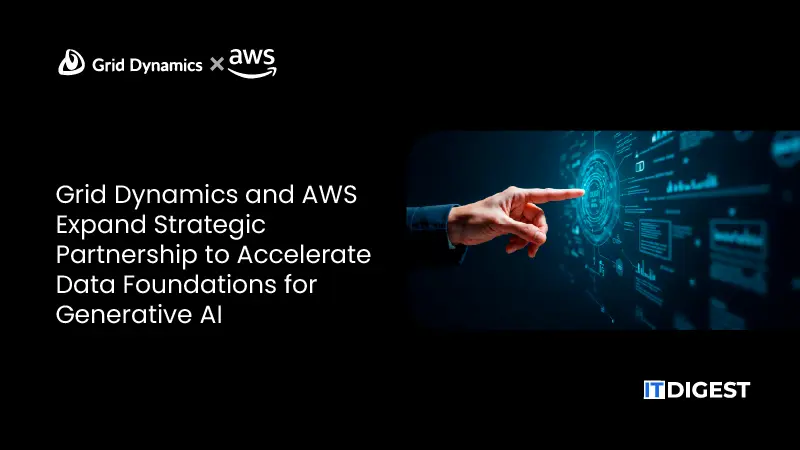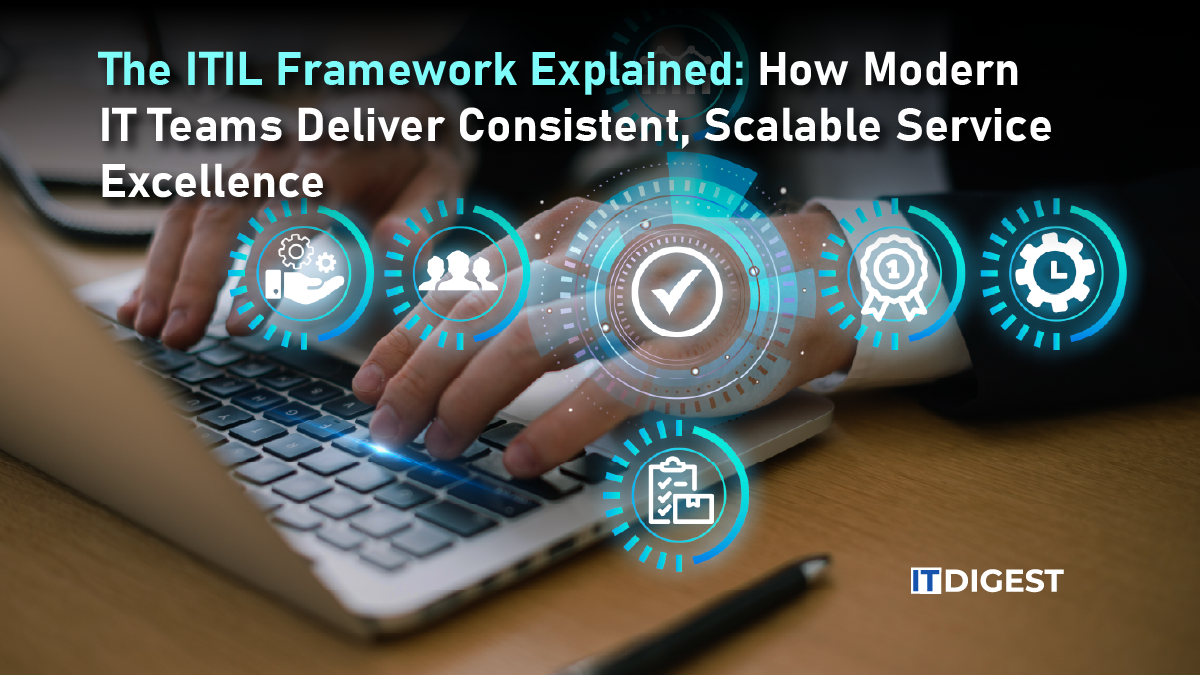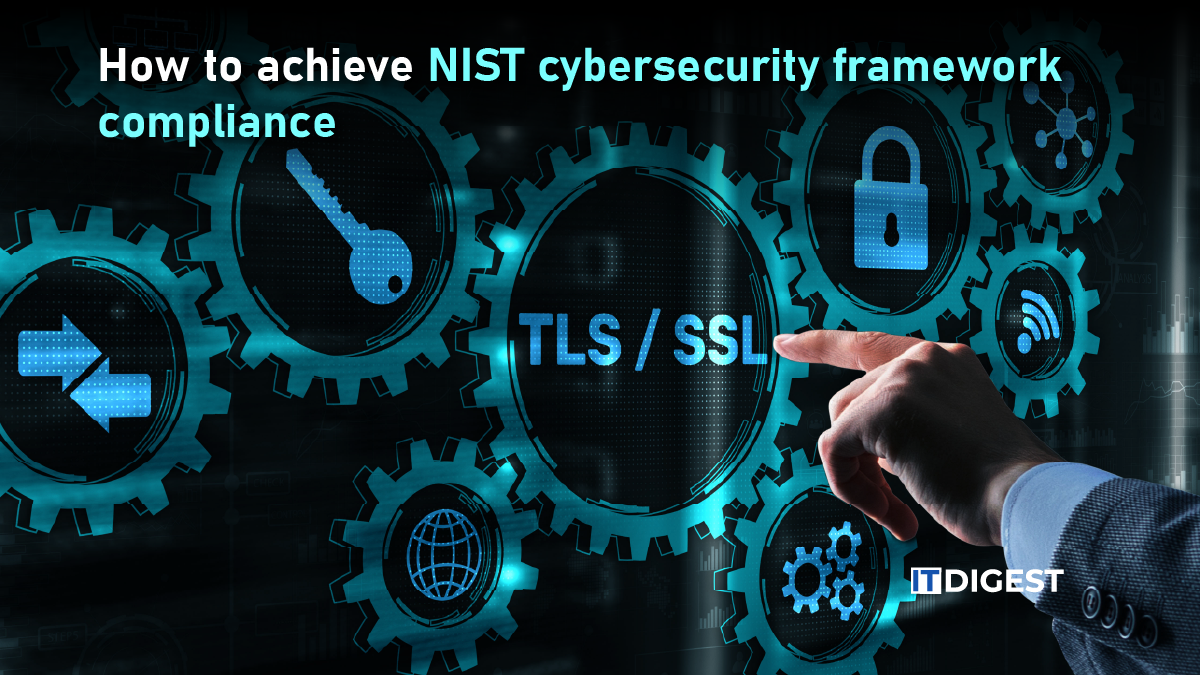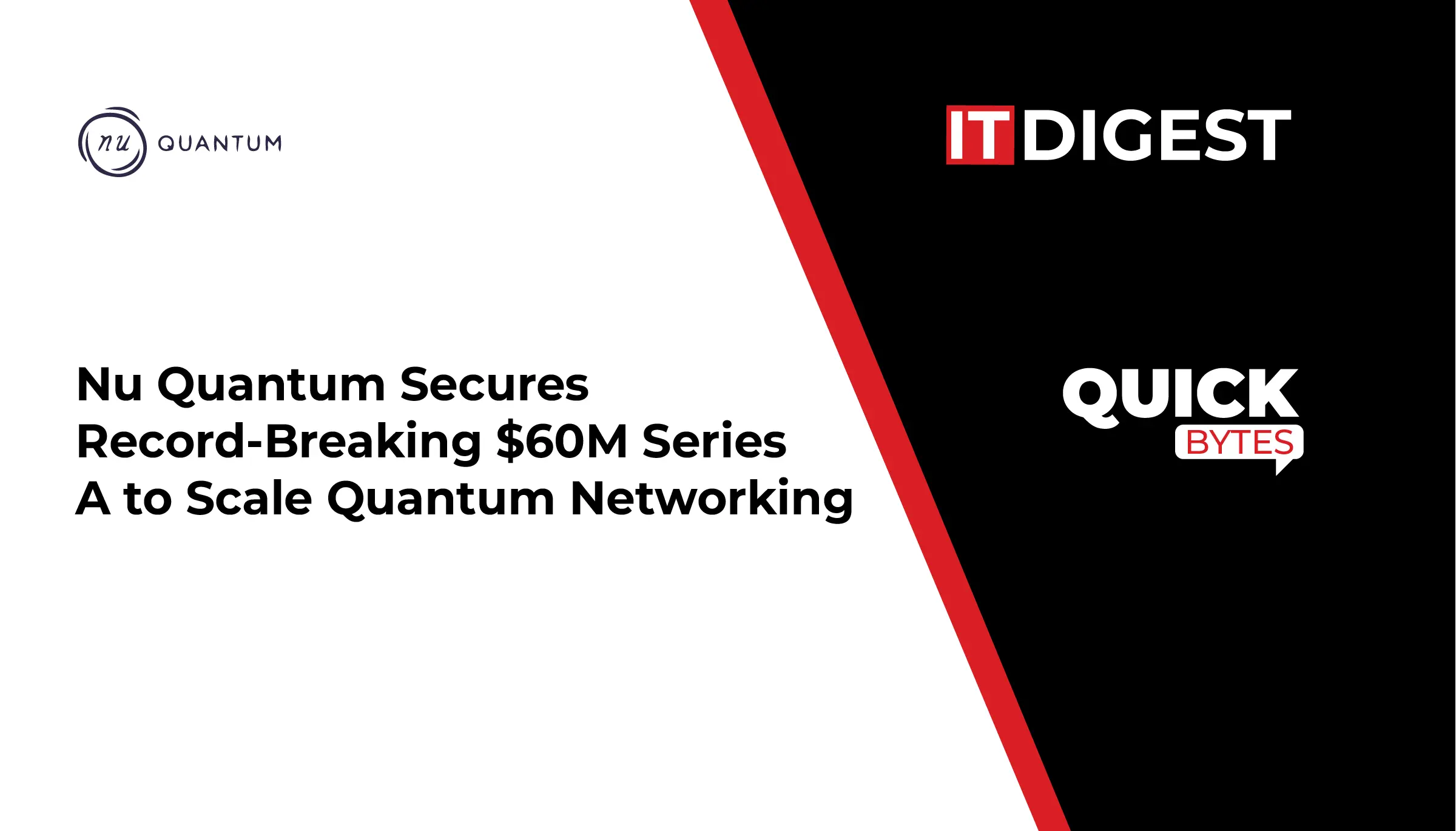Enterprise operations are built on assets. These assets can be physical, digital, human, or hybrid. They range from factory equipment and fleet vehicles to cloud infrastructure and software applications. Every process, every customer interaction, and every strategic initiative depends on assets performing as expected. The challenge is that most organizations track assets only at a surface level.
Knowing where an asset is located, what it is worth, or when it was last serviced is no longer enough. Asset management systems have historically focused on inventory and maintenance. But enterprise needs have evolved. What leaders require now is deeper visibility, real-time insights, and predictive decision-making. That is where asset intelligence enters the picture.
Asset intelligence transforms how enterprises monitor, manage, and optimize the things they rely on to operate. It connects data from across departments and platforms to deliver a unified view of asset performance. It turns raw metrics into actionable insights. And most importantly, it helps businesses shift from reactive to strategic asset operations.
Moving Beyond Traditional Asset Management
Traditional asset management has clear limitations. It keeps track of what exists and may log service history or usage statistics. However, it often operates in silos. Maintenance records live in one system. Finance has purchase data. Operations tracks performance separately. When a problem occurs, teams scramble to piece together the full story. That delay costs time, money, and in some cases, continuity.
Asset intelligence solves this by breaking down those silos. It connects asset-related data from across the enterprise and analyzes it in context. That means linking service history with real-time condition data. It means understanding not only where an asset is but how well it is performing, what risks are emerging, and what actions are needed next.
This shift from static records to dynamic insights helps organizations make better decisions, faster. Instead of relying on periodic reviews, leaders can act in real time. Instead of reacting to failures, they can anticipate them. And instead of guessing at asset value, they can quantify it based on usage, productivity, and contribution to business outcomes.
How Asset Intelligence Works
At its core, asset intelligence combines data integration, analytics, and automation. It pulls information from multiple sources such as IoT sensors, enterprise resource planning platforms, maintenance logs, and usage data. That information is cleaned, structured, and analyzed through models that identify trends, outliers, and patterns of performance.
The result is a system that not only tracks what is happening, but explains why it is happening and what to do about it. If a piece of equipment begins consuming more energy than expected, the system alerts the operations team and suggests possible causes. If usage patterns show a dip in productivity, asset intelligence connects that change to upstream or downstream processes.
Automation is also part of the model. Some systems generate work orders when anomalies are detected. Others adjust asset scheduling based on availability, condition, or projected performance. The more mature the implementation, the more responsive the system becomes. It shifts from monitoring to managing, and from managing to optimizing.
How are companies turning asset intelligence into action?
In March 2024, Ordr introduced OrdrAI CAASM+, a platform designed to provide full visibility across the asset landscape. It doesn’t just track devices. It extends to users, installed software, cloud environments, and SaaS platforms. The key advantage lies in its risk-based insights. OrdrAI CAASM+ helps teams understand their entire attack surface and take action where it matters most. Whether identifying vulnerabilities, segmenting networks, or stopping threats before they spread, the platform moves asset intelligence from passive oversight to proactive defense.
Connecting Assets to Business Strategy
Asset intelligence is not just an operations tool. It is a strategic capability. When assets are connected to business outcomes, organizations gain leverage across functions. A well-performing fleet improves delivery timelines. Reliable IT infrastructure supports uninterrupted customer access. Manufacturing lines that operate without unplanned downtime improve margin consistency.
This alignment between asset performance and business value allows enterprises to prioritize investment and effort. If an asset is critical to revenue, it receives more frequent monitoring. If one location consistently outperforms others, its practices are modeled elsewhere. Intelligence adds the layer of context that traditional tracking lacks.
It also supports better capital planning. Enterprises no longer replace assets based on time-in-service. Instead, they evaluate performance, condition, and strategic fit. That means replacing assets only when value is no longer being created, not simply because a calendar says it is time. This precision in decision-making reduces waste and boosts return on investment.
Supporting Compliance and Risk Reduction
Enterprises face rising expectations around compliance, sustainability, and transparency. Asset intelligence supports these demands by offering proof of performance, documentation of maintenance, and visibility into environmental impact. Systems can track energy consumption, monitor emissions, and verify adherence to operational standards.
This level of oversight is especially important in industries with regulatory complexity. When an audit occurs, organizations with asset intelligence systems can produce accurate records instantly. They can demonstrate not only compliance but the systems that ensure it is maintained over time.
From a risk perspective, the benefits are equally strong. Asset intelligence identifies patterns that may signal upcoming failures. It detects anomalies that manual processes might miss. It offers alerts when service thresholds are approaching. This early detection reduces the likelihood of major disruptions and creates space for planned interventions.
It also changes how incidents are investigated. When something goes wrong, asset intelligence systems can reconstruct the sequence of events. They can show when an issue began, how it evolved, and where intervention could have occurred. This clarity supports faster root cause analysis and more effective mitigation planning.
Enabling Predictive Maintenance at Scale
One of the most immediate benefits of asset intelligence is the shift from reactive to predictive maintenance. Traditionally, equipment and systems were serviced on a fixed schedule or after a failure. This model is inefficient and often expensive. Either the asset is serviced too early, wasting time and resources, or too late, risking unexpected breakdowns.
Asset intelligence enables predictive models that use real-time data to identify exactly when maintenance should occur. By analyzing vibration patterns, temperature readings, usage frequency, and performance metrics, systems can forecast failure points before they happen. Maintenance is scheduled based on need, not routine.
This change reduces unplanned downtime. It also extends the life of the asset by avoiding unnecessary wear. Resources are allocated more efficiently, and technicians focus on issues that matter. At scale, predictive maintenance becomes a driver of operational stability and cost control.
How are companies scaling predictive maintenance across complex operations?
In December 2024, Lessen launched its Digital FM+ platform, a predictive maintenance and asset management solution designed for facility managers. By integrating automation, AI, and real-time data, Digital FM+ enables centralized control over asset portfolios, reducing risk and optimizing resource allocation.
On the manufacturing side, MachineMetrics also made a big move in 2024. Their upgraded predictive maintenance tools now offer real-time analytics and tighter integration with factory systems. This helps teams spot issues before they turn into problems, schedule maintenance with less disruption, and keep machines running at peak performance.
Also Read: How to Reduce Cloud Costs: 7 Best Cloud Optimization Strategies
Visibility Across the Entire Lifecycle
Asset intelligence brings visibility to every stage of an asset’s lifecycle. From acquisition to retirement, each phase generates data that can inform decisions. Early in the lifecycle, intelligence helps assess whether new assets are performing as expected. Mid-cycle, it tracks how efficiently assets are being used and maintained. As the asset nears end of life, intelligence guides replacement timing based on value, not age.
This cradle-to-grave perspective improves planning. Capital investment is based on actual utilization and projected performance, not assumptions. Equipment that is still delivering value remains in service. Underperforming assets are flagged early and evaluated for replacement or reallocation.
Enterprises also gain insights into supplier performance, operational consistency across locations, and the effectiveness of asset strategies over time. This visibility supports long-term decision-making and fosters a culture of continuous improvement.
Integration Across Enterprise Systems
Asset intelligence reaches its full potential when it integrates with broader enterprise systems. That includes financial platforms, human resources tools, supply chain systems, and customer engagement technologies. When data flows across these domains, asset intelligence becomes part of the organizational nervous system.
An underperforming machine in one facility might be linked to delays in shipping. A spike in repair costs could signal a procurement issue. A rise in energy usage could impact sustainability metrics. These connections are only visible when systems share data and context. This level of integration also supports better reporting. Asset intelligence can feed dashboards used by executives, compliance officers, and finance leaders. It ensures that decisions made at the top reflect what is happening on the ground. Information moves in both directions, aligning strategy and execution.
Scaling Intelligence Without Adding Complexity
As asset intelligence systems grow, the challenge is maintaining clarity without increasing operational burden. Large enterprises may be managing thousands of assets across continents. The goal is not to collect more data. It is to extract better insights from the data already available.
Modern platforms address this by prioritizing usability. Dashboards are built around key performance indicators. Alerts are based on thresholds and behaviors, not just data volume. Interfaces are designed for frontline workers as well as analysts. Intelligence becomes a tool that supports action, not just analysis. Automation also plays a role. As patterns are identified, workflows can be triggered automatically. Reorder requests, maintenance scheduling, or escalation paths can be built into the system logic. This ensures consistency, reduces manual effort, and allows teams to focus on value-adding tasks.
Preparing for the Future of Asset Operations
Asset intelligence is not a single product or technology. It is a capability that grows over time. Enterprises begin with basic monitoring and expand toward advanced analytics and automation. What matters is not how advanced the system is at launch, but how adaptable it is to the organization’s needs and scale.
As business models shift, asset intelligence systems must remain flexible. They must support new asset classes, emerging data types, and evolving compliance requirements. They must integrate with cloud, edge, and hybrid environments. They must work across business units while maintaining centralized oversight. This flexibility ensures long-term relevance. Asset intelligence does not lock the enterprise into a single framework. Instead, it creates a foundation that evolves with strategy, growth, and innovation.
Conclusion
Asset intelligence redefines how enterprises engage with the resources that power their operations. It replaces static records with dynamic insights. It connects performance to value. And it equips organizations to make decisions based not on habit, but on evidence. In an environment where speed, visibility, and accountability drive success, asset intelligence becomes more than a tool. It becomes a core part of enterprise resilience. As organizations continue to grow and diversify, the ability to understand and optimize every asset will be a key differentiator.

































